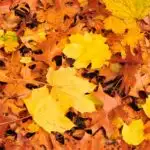The “Leaf Comparisons” activity is a simple yet effective way to engage children in exploring nature and developing their observational skills. Use this as a fun child development skills activity for the kids!
In this activity, children are encouraged to collect various leaves from different plants and trees and then compare them based on their size, shape, color, texture, and other distinctive features.
This hands-on experience allows children to appreciate the diversity of plant life and understand the concept of similarity and difference.

Engaging in leaf comparisons fosters a deeper connection with the natural world and promotes cognitive development. It encourages critical thinking, attention to detail, and categorizing and differentiating objects.
This activity can spark curiosity and an interest in botany and environmental science, laying a foundation for future learning and exploration
It’s a valuable activity that nurtures children’s cognitive and sensory development while instilling a sense of wonder about the natural environment.
The Skills Enhanced by “Leaf Comparisons” Activity
When engaging in the “Leaf Comparisons” activity, children can enhance several critical skills fundamental to their cognitive and sensory development.
Skills Enhanced By This Activity:
Sorting Skills Enhancement:
When comparing and contrasting leaves, children learn to categorize and sort based on various attributes such as size, shape, color, and texture.
This develops their ability to organize information and identify similarities and differences, laying the foundation for more complex sorting tasks in the future.
Visual Discrimination Enhancement:
Children refine their visual discrimination skills by closely examining the details of different leaves, which involves perceiving and differentiating visual stimuli.
This skill is crucial for identifying letters and numbers, distinguishing between similar objects, and recognizing patterns.
Problem Solving Enhancement:
When children encounter leaves with unique characteristics, they are prompted to think critically and problem-solve.
They may need to figure out how to best compare leaves with irregular shapes or uncommon features, encouraging creativity and adaptability in their approach to the activity.
Real-Life Examples of How These Skills Would Be Useful
Sorting Skills: These skills are transferable to real-life scenarios, such as organizing objects, arranging items by category, and even understanding basic concepts in mathematics and science.
Visual Discrimination: Sharp visual discrimination skills are essential for reading, writing, and spatial awareness. For example, it helps distinguish between similar words and shapes, identify visual patterns, and interpret graphs and charts.
Problem Solving: The ability to approach challenges with a problem-solving mindset is invaluable in navigating everyday tasks, handling puzzles, and making thoughtful decisions.
These skills are vital for academic success, overall cognitive development, and the cultivation of essential life skills.
Children can lay a strong foundation for these skills through the Leaf Comparisons activity while fostering a love for nature and exploration.
Materials Needed for Leaf Comparisons Activity
For the “Leaf Comparisons” activity, the following materials are essential for a fulfilling and educational experience:
10 Leaves: Collecting various leaves allows children to explore the diverse characteristics of different plant species. The assortment of leaves can include various shapes, sizes, textures, and colors, offering a rich source for comparison and observation.
Bright Light Source: Adequate lighting is crucial for closely examining the details of the leaves. Natural sunlight or a bright lamp can provide the necessary illumination for children to inspect the leaves’ features with clarity and precision.
Why 10 Leaves and Bright Light Are Needed
Variety: Using 10 leaves from different plants offers a wide range of characteristics for comparison, enriching the learning experience and encouraging children to identify unique traits across multiple specimens.
Detailed Observation: Bright light facilitates a thorough examination of the leaves, allowing children to discern intricate details such as leaf veins, surface textures, and color gradients, leading to a more comprehensive understanding of leaf diversity.
Safe Alternatives for Materials
Leaves: If obtaining a variety of leaves poses a challenge, printed images or illustrations of different leaves can substitute for physical specimens. This ensures that children can still engage in the activity and benefit from visual comparisons.
Bright Light Source: In the absence of natural sunlight or a bright lamp, a magnifying glass with built-in LED lights can provide sufficient illumination for detailed leaf inspection. This alternative maintains an optimal environment for observation and comparison.
Providing safe alternatives allows children to participate in the “Leaf Comparisons” activity regardless of specific material availability or suitability, ensuring an inclusive and engaging learning experience.
Learning Printables and Activities
These are excellent resources for kids! They’ll love being a part of the learning process from start to finish.
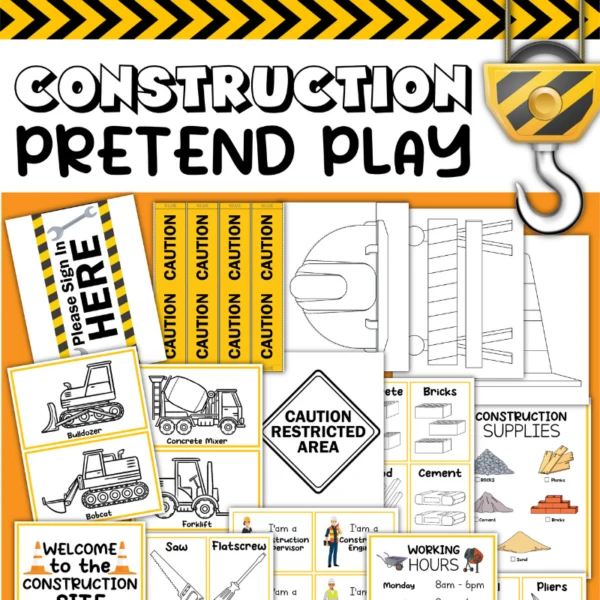
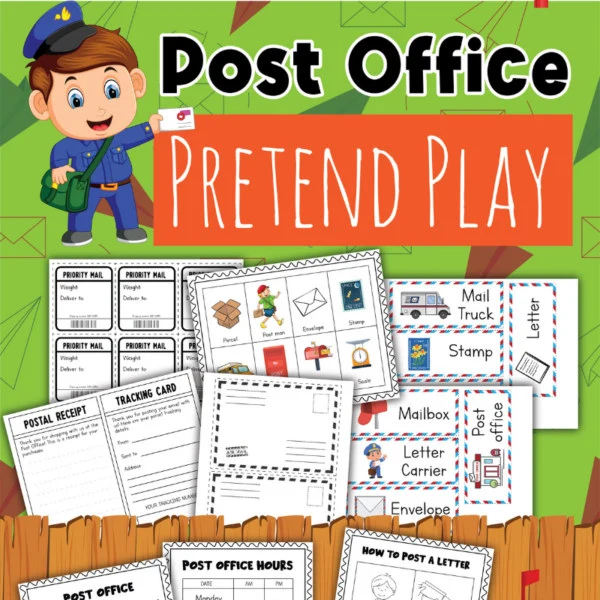
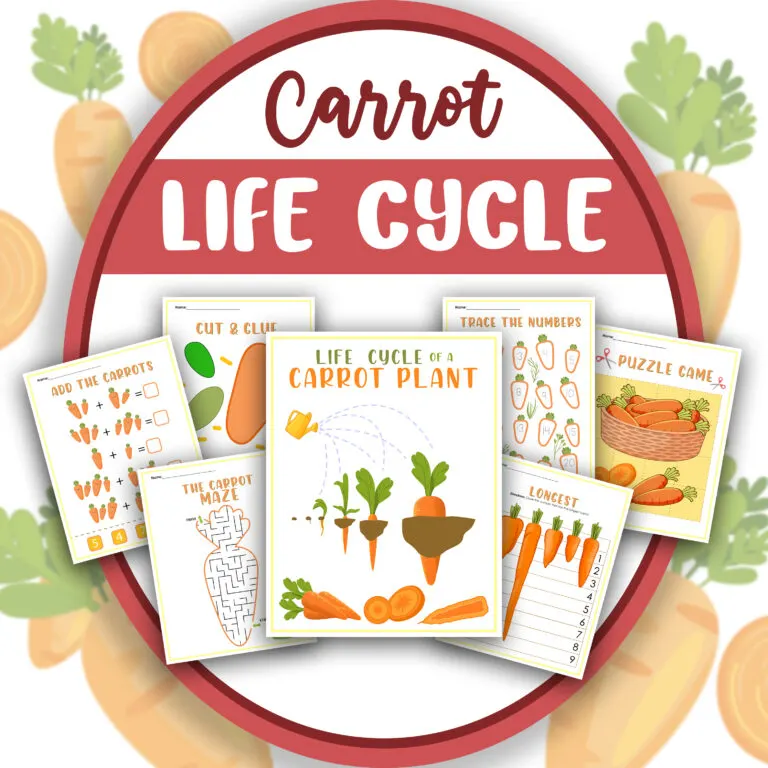
Instructions for “Leaf Comparisons” Activity
Here are step-by-step instructions for conducting the “Leaf Comparisons” activity, along with tips to encourage observation and suggestions for adding an extra element of challenge and fun:
Gather Materials:
Collect 10 different leaves from various plants and trees. Ensure they showcase a range of sizes, shapes, colors, and textures.
Choose a well-lit area where children can comfortably examine the leaves. If natural light is unavailable, use a bright lamp or a magnifying glass with built-in LED lights.
Introduction:
Introduce the activity by explaining that each leaf is unique, like a fingerprint, and that it aims to observe and compare its distinct features.
Observation and Comparison:
Encourage the child to carefully observe each leaf and note its specific characteristics, such as the shape, color, texture, and patterns or markings.
Side-by-Side Comparison:
Lay out the leaves side by side, allowing the child to compare them visually. Prompt them to identify similarities and differences between the leaves.
Discussion:
Engage the child in a discussion about what they have observed, encouraging them to articulate their findings and thoughts on each leaf’s unique attributes.
Tips for Encouraging Observation:
Use open-ended questions to prompt observation, such as “What do you notice about the edges of this leaf?” or “How would you describe the texture of this leaf compared to the others?”
Offer gentle guidance to direct the child’s attention to details such as vein patterns, surface smoothness, or color variations.
Suggestions for Making the Activity More Challenging or Fun:
Leaf Identification: Introduce the challenge of identifying the tree species each leaf came from, either through visual cues or additional research. This adds an element of botanical exploration and expands the learning experience.
Leaf Rubbings: After observing and comparing the leaves, engage the child in the creative activity of making leaf rubbings using crayons and paper. This allows them to capture and appreciate the intricate details of each leaf in a fun and artistic manner.
By incorporating these tips and suggestions, the “Leaf Comparisons” activity can be both educational and engaging. It fosters a deeper understanding of nature while encouraging critical observation skills and creativity.
Benefits of “Leaf Comparisons” Activity
The “Leaf Comparisons” activity offers numerous benefits for a child’s physical and cognitive development, contributing to their overall growth and learning experience. Here’s a breakdown of the advantages and the role of this activity in enhancing a child’s skills:
Physical Development:
Motor Skills: Engaging in activities involving the examination and comparison of leaves requires fine motor skills. Manipulating and observing the leaves can aid in developing hand-eye coordination and dexterity.
Sensory Stimulation: Touching and examining the leaves stimulates the sensory system, contributing to sensory development and awareness. Sensory play with natural materials like leaves can enhance a child’s sensory processing abilities.
Outdoor Exploration: Conducting the activity outdoors allows children to engage in physical movement, such as bending, reaching, and walking as they collect leaves. This supports their gross motor skills and encourages physical activity.
Nature Engagement: Interacting with nature through leaf comparisons fosters an appreciation for the natural world and promotes a healthy, active lifestyle.
Cognitive Development:
Sorting and Categorization: Comparing and categorizing the leaves based on their characteristics encourages cognitive skills such as classification, pattern recognition, and organization.
Visual Discrimination: Children develop visual discrimination skills as they identify and distinguish the unique features of each leaf, honing their ability to perceive differences and similarities.
Problem-Solving: Encouraging children to articulate their observations and findings during the leaf comparisons promotes critical thinking and problem-solving skills as they analyze and interpret each leaf’s attributes.
The “Leaf Comparisons” activity aligns with the principles of nature play and early childhood education, supporting physical development, sensory engagement, and cognitive skill enhancement.
Other Similar Activities
Here are some engaging activities that not only enhance sorting, visual discrimination, and problem-solving skills in children but also encourage their overall cognitive and physical development:
Nature Scavenger Hunt:
Overview: A nature scavenger hunt involves creating a list of items found in nature for children to locate, observe, and collect. This activity encourages visual discrimination, problem-solving, and exploration.
Conducting the Activity:
Create a checklist with pinecones, acorns, specific leaves, flowers, or natural textures like smooth rocks or rough bark.
Provide children with a checklist and a bag for collecting items.
Encourage them to use their observation skills to locate and identify each item on the list.
Shape Sorting with Everyday Objects:
Overview: This activity involves sorting everyday objects based on shapes, promoting visual discrimination, classification, and problem-solving.
Conducting the Activity:
Gather everyday objects with distinct shapes, such as blocks, toys, or household items.
Provide children with different containers labeled with various shapes (e.g., circle, square, triangle).
Instruct them to sort the objects into the corresponding containers based on their shapes.
Puzzle Play:
Overview: Working on puzzles promotes problem-solving, visual discrimination, and cognitive skills by requiring children to piece together and match shapes, colors, and patterns.
Conducting the Activity:
Select age-appropriate puzzles with varying levels of difficulty.
Guide children in assembling the puzzles, encouraging them to observe and match the puzzle pieces’ details, shapes, and colors.
Sensory Bin Exploration:
Overview: Sensory bins filled with materials such as rice, sand, or water paired with objects like scoops, containers, and toys provide an opportunity for sensory play, sorting, and problem-solving.
Conducting the Activity:
Fill a large container with a sensory material and hide small objects.
Provide scoops, tongs, or cups for children to explore, search, and sort the hidden objects from the sensory material.
Story-Based Sorting Activities:
Overview: Creating sorting activities based on popular story themes, such as sorting bears by color with a bear-themed story, promotes visual discrimination and problem-solving within a narrative context.
Conducting the Activity:
Choose a story or book with distinct characters or objects.
Create sorting activities related to the story, such as sorting objects by color, size, or type based on elements from the narrative.
These activities allow children to develop essential cognitive and physical skills while engaging in playful and interactive learning experiences.
Each activity can be tailored to suit the age and developmental level of the children participating, ensuring an enriching and enjoyable educational experience.
How Do Dinosaurs Go to School?How Do Dinosaurs Collection. 6 Books (HowHow Do Dinosaurs Count to Ten?How Do Dinosaurs Play with Their Friends?How Do Dinosaurs Get Well Soon?How Do Dinosaurs Learn to Read?
The “Leaf Comparisons” activity holds significant educational value for children. It fosters observation, classification, and critical thinking skills while promoting a deeper connection to nature.
By engaging in this activity, children can refine their visual discrimination abilities, learn about botanical diversity, and cultivate an appreciation for the natural world.
Parents are encouraged to try this activity with their children as it provides a hands-on learning experience and encourages outdoor exploration and discovery.
By comparing and contrasting different types of leaves, children can better understand the unique characteristics of various plant species, stimulating curiosity and an interest in science and biology.
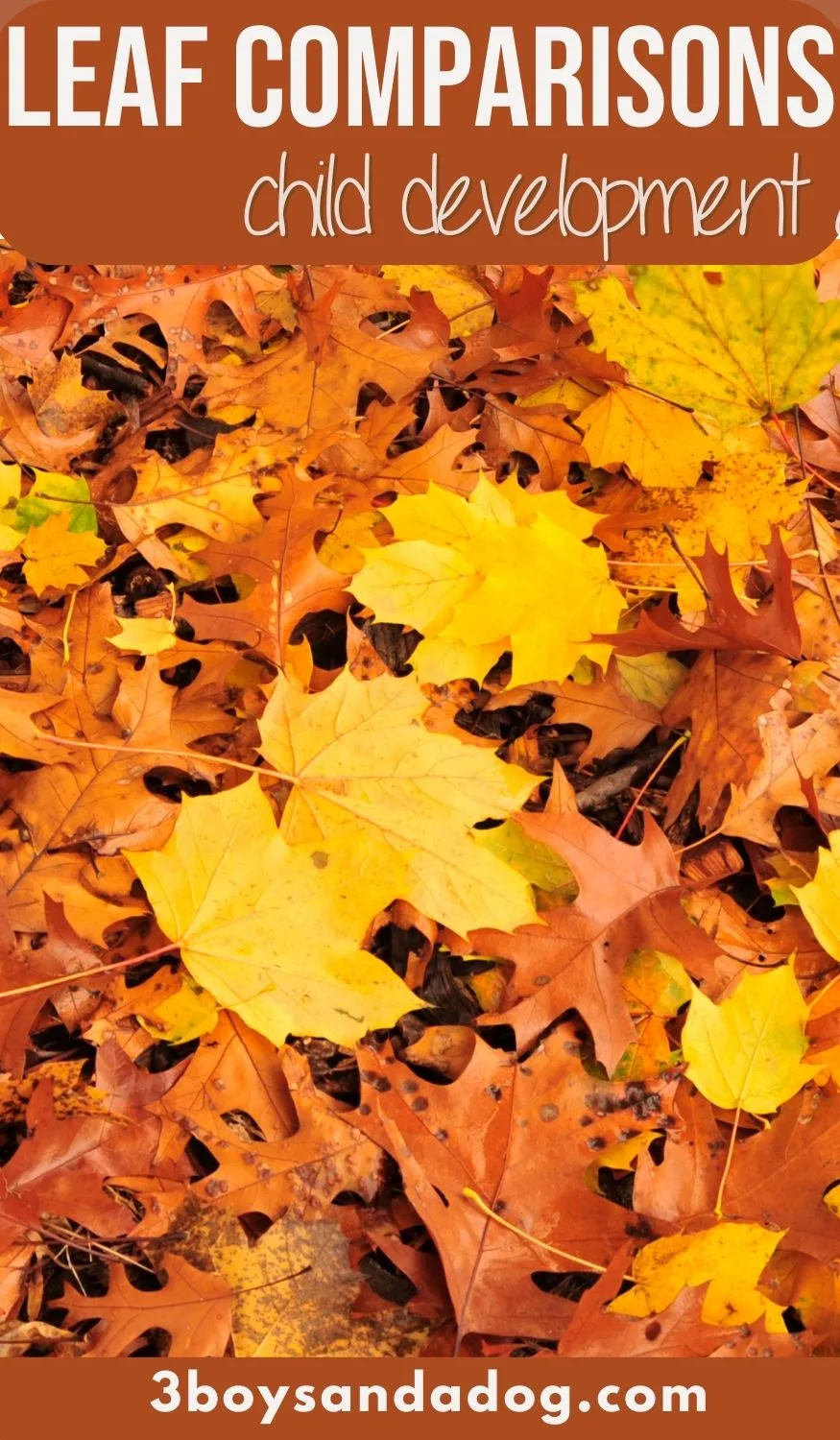
Encourage them to carefully inspect, compare, and discuss the different shapes, colors, and textures of leaves they encounter.
This activity is a delightful way to spend time together and an opportunity to instill a love for nature and an inquisitive spirit in your children.
Give “Leaf Comparisons” a try and watch as your children immerse themselves in the beauty and diversity of the natural world, all while honing critical cognitive skills and nurturing a lifelong love for environmental exploration.
Let the wonders of nature become their classroom, and let their curiosity lead the way!

